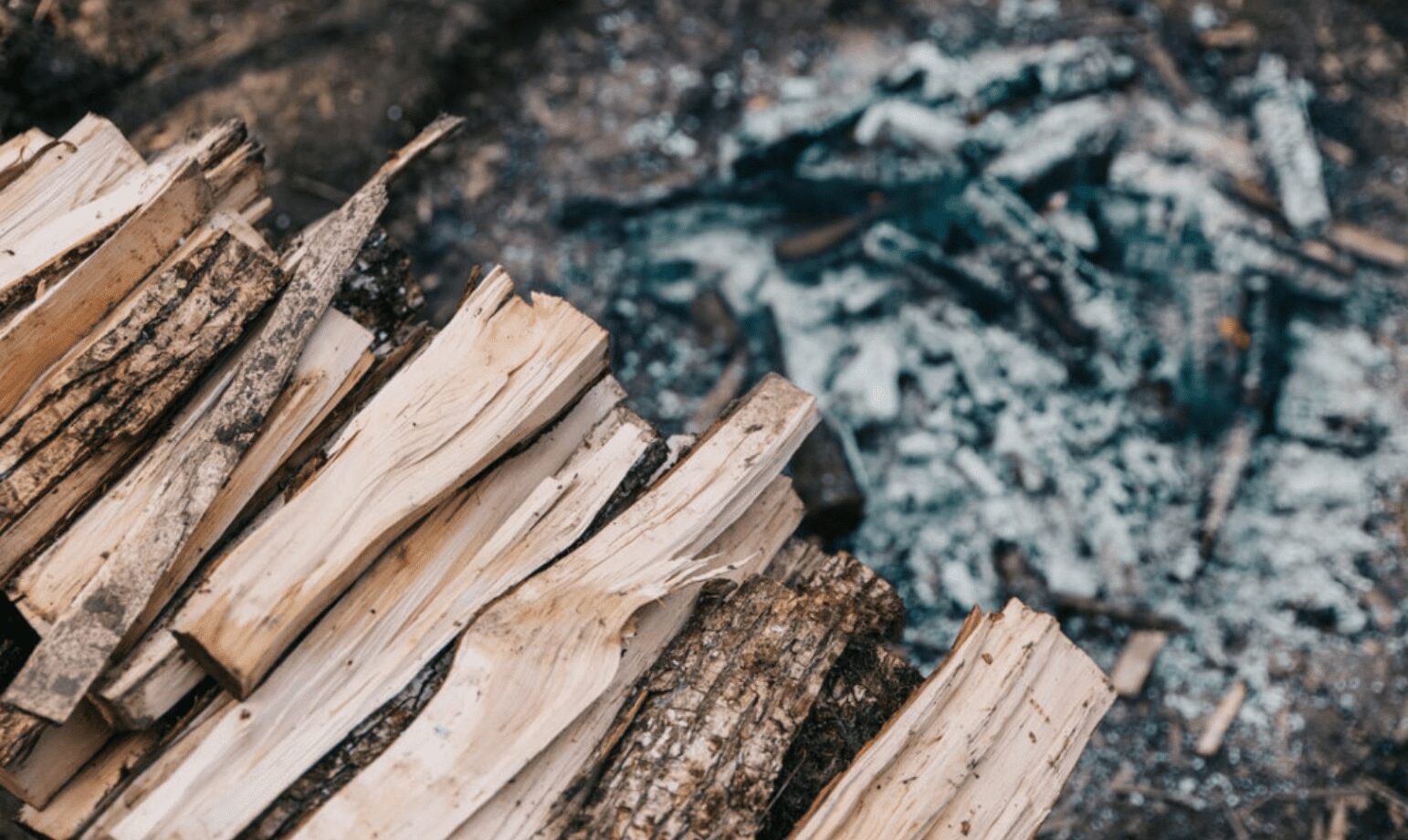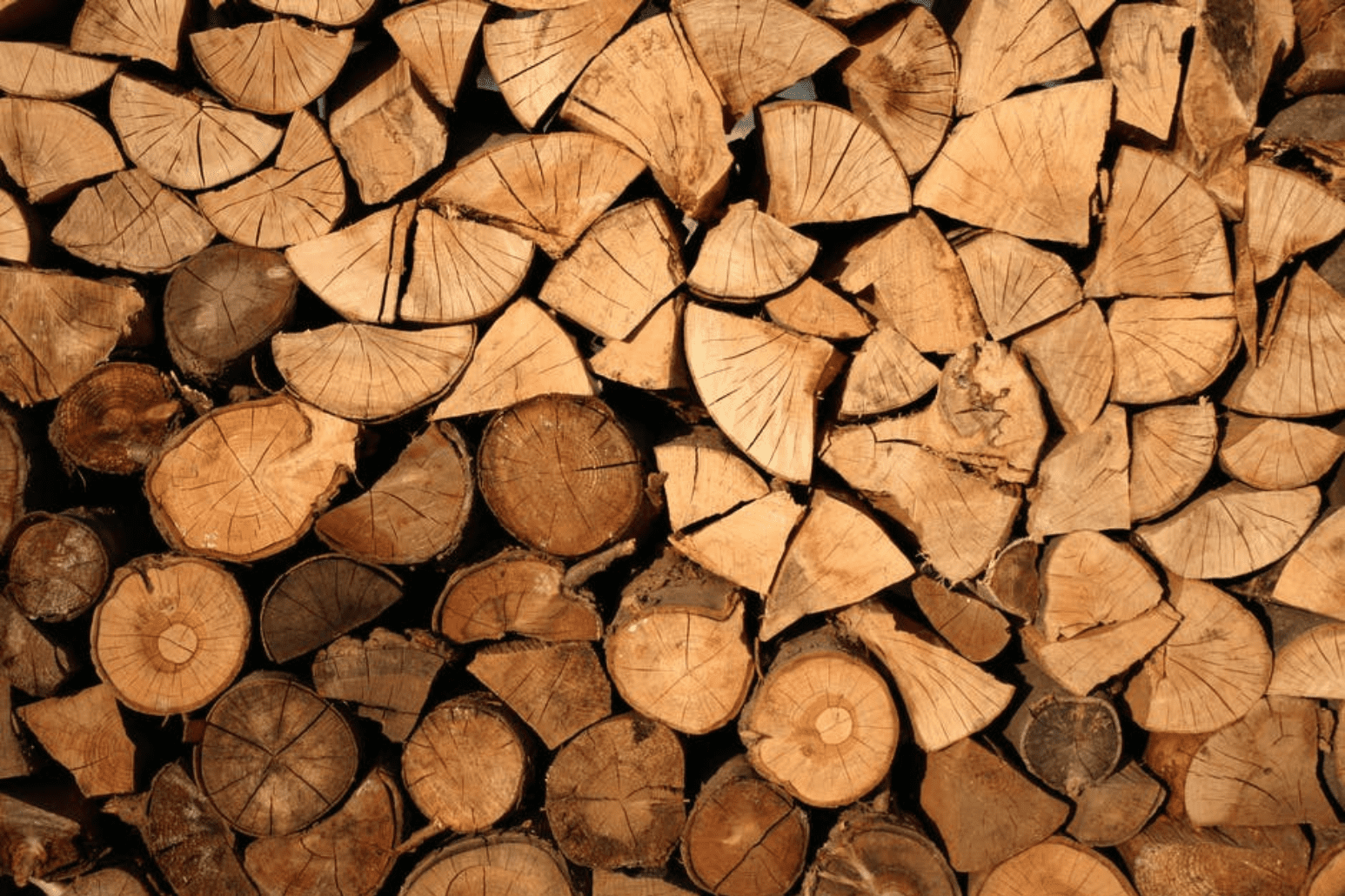Having firewood close by, protected from rain and outside elements, can seem like a good idea. More importantly, it increases your comfort and eliminates the need to go outside and get it. But is it really a good idea to store firewood in my basement?
Storing firewood in a basement is not advisable because it can result in pest infestation. To be safe, try keeping just a small amount of wood inside, and keep the rest outside. Another common problem in poorly ventilated areas is mold, which can be a health hazard and ruin your firewood stock.
I was raised in cities and know little about basic country living. As a smart city boy, I asked my wife, what is the big deal about storing wood? Why don’t we keep it in our basement? We have plenty of room. Not so fast, city boy!
You can safely store some wood inside, but you need to follow guidelines and understand the possible problems so that you can recognize them in time. Let’s start by quickly learning what seasoned wood is.
Seasoned vs. Green Wood
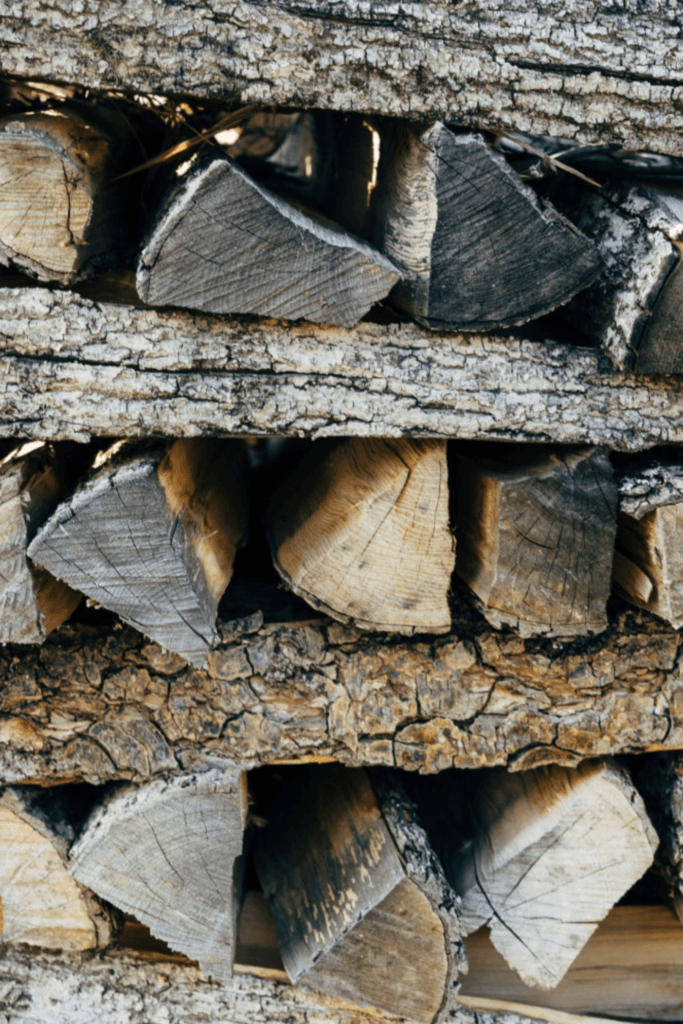
Seasoned wood is wood that was green before and has been dried to remove as much moisture as possible. To be considered seasoned, wood should have only about 20% of the green wood’s moisture content.
Firewood should be seasoned to be safe and efficient to be burned in a fireplace. That means that wood has to be adequately stored for up to one year before you use it.
As it slowly seasons, the wood will dry out and gain all the qualities it needs to have to be burnt. Whether you have unseasoned wood drying out, or you bought it already dry, it should be stored in a place where the wood is protected from moisture.
It should also be far enough from the house to prevent pest infestation and have adequate ventilation, which brings us to the next topic.
Why Should I Avoid Keeping Firewood in a Basement?
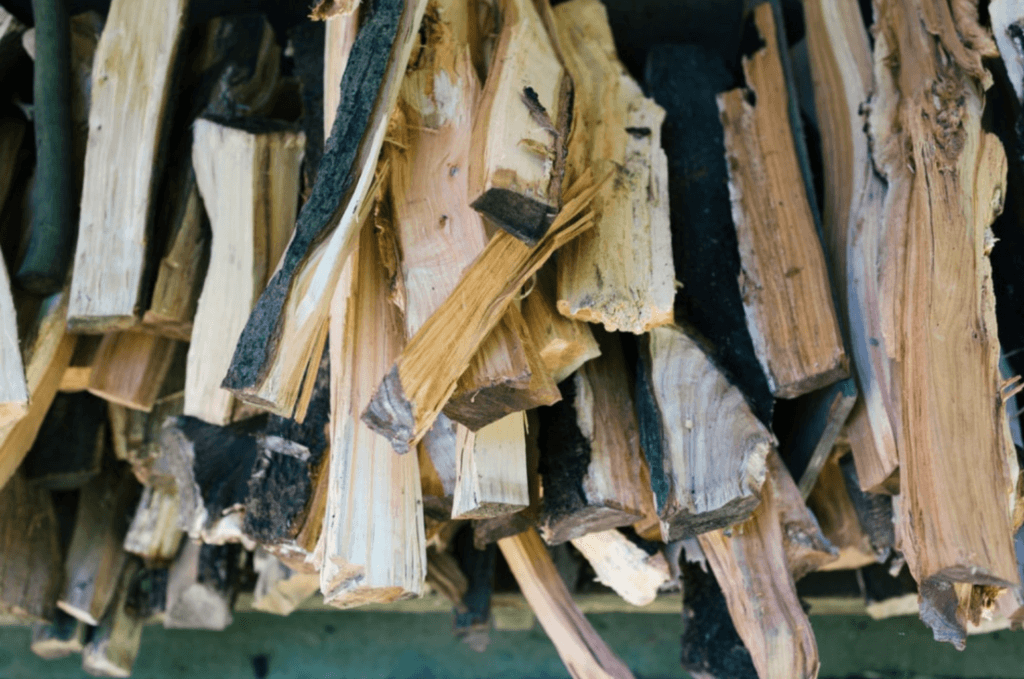
I get it. You may have got free firewood and you need to put it somewhere.
Green or moist wood is inviting to pests, and there is a high chance that some of these little creatures will use it as their home. Even if you don’t see them, there is a probability that the pests are there.
Basements have poor ventilation and often moisture issues. If your wood gets wet, it can develop mold and start rotting, and there is a chance that mold will spread across the basement and get into your walls and floors. Ruining good quality firewood would be the least of your problems in this scenario. Having mold in your house would require immediate attention.
Even dry wood is a possible pest hazard. The worst thing would be to let termites in accidentally. Even if the wood contains no dangerous pests, other insects can come into your house, and it can be difficult to get rid of them.
Some people will say that they keep their firewood inside and that nothing wrong ever happened. It may be that some of them have perfect basements for ventilation and dryness, and others were just lucky. There are far more homeowners who had really bad experiences, so it pays to be cautious.
When you have seasoned firewood, you can keep a small amount inside. The rest should be stored outside. More on these two topics next.
How to Safely Store a Small Amount of Firewood in My Basement?
You can safely store a small amount of firewood in your basement, but first, it needs to be dry.
Even if you got your wood from a reputable seller, you should check the moisture content. For those who have a moisture meter, this will be an easy task. Luckily, there are some signs you can look for to determine whether the wood is sufficiently dry to be burned in your fireplace without a moisture meter. And make sure you do not burn these types of wood in your fireplace.
How Do I Know if the Wood I Am Buying is Dry Without a Moisture Meter?
These are some of the most important signs to look for:
- Check the color. If it’s dry wood, the color should be sort of faded when compared to green wood.
- Check for cracks. Wood will often crack as it dries.
- The bark should be loose, and when you touch it, it should feel dry.
- Smell the wood. Dry wood should not have a strong smell.
- Try knocking on wood. Not for luck, but to see if it sounds hollow and light; otherwise, it may still be green.
How Do I Know if the Wood I Am Buying is Dry With a Moisture Meter?
If you don’t want to spend the time looking for signs showing that the wood you buy is dry, you can use a moisture meter. The video below demonstrates how to use one of these meters.
What to Do After You Verify that the Wood is Seasoned (Dry)
Once you confirm that you have dry wood, you can take a small amount of it, for a few days use, and store it in a basement. When you use it all, replenish it with a new batch. Always keep it elevated from the floor on a wooden pallet or similar. Keep the pallet away from the walls. The goal is to enable airflow around the firewood.
It would be even better if you had a metal rack with multiple shelves that enable you to store the wood in “floors” with the air circulating in between. The bigger the distance between pieces of wood, the better result you will get.
You can also install a dehumidifier or bags with silica gel or similar products to divert moisture away from wood.
Never spray the wood with insecticides or similar chemicals to kill the pests. All those chemicals will end up in the air when you burn it, which could be a potential health hazard. Inspect a few logs; simply cut them in half and check for pests. You can do this with every batch of firewood that you bring in your basement.
Dry firewood will lose pieces of bark, which will fall on the floor. Keeping the wood elevated works as a form of “drainage.” Frequently sweep or vacuum clean those pieces underneath the wood rack or a pallet in your basement. Those small scraps can attract moisture and pests too.
Is There Anything Else I Should Be Aware of?
Besides taking precautions when storing a small stack of wood in the basement, there are a few more things you should know when it comes to keeping wood indoors.
Keeping Firewood in the Garage
Some homeowners keep their firewood in garages because of easy access and the garage can be opened and ventilated. Storing wood in a garage can have the same consequences as storing it in a basement. From moisture to mold, your garage is not immune. Even if you open the door once in a while to let the fresh air in, that is not enough to ensure proper firewood storage conditions.
Firewood as Decoration
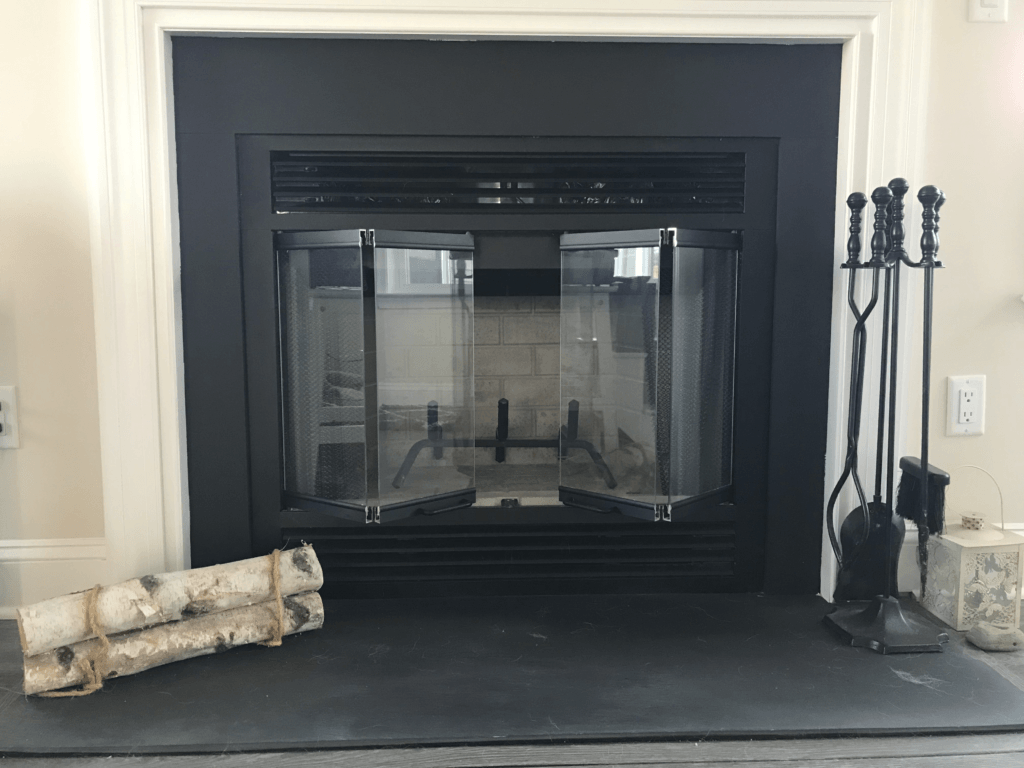
Homeowners like to have a warm and cozy feeling in their living rooms. The Internet is a popular source of inspiration, and you will find numerous images of stacked firewood near the fireplace, often in a nice rack of a certain shape. It looks romantic, and you always have a new log ready.
I don’t want to ruin your mood, but keeping firewood anywhere inside can result in pests, mold, and moisture. Your living room is probably the last place you want to have these issues. If you’re going to have wood as a decoration piece, use wood that was checked and adequately treated, and use it only for display and don’t burn it.
The only wood that should be inside of your living room is a bucket with a log or two, which will be used in the next few hours.
Using Wood From the Top of the Pile
This is equally important for wood stored outside and inside. You should first use the logs that were stocked first. To do this, you will have to restock and rearrange your wood piles often.
If you have a few logs inside of your basement, don’t use the top ones, replace them, and then repeat the process all over again. Otherwise, you will never use the bottom logs and could attract moisture and pests.
Stacking High and Large Piles
Try to find enough space to stack multiple smaller piles. The maximum height of a pile should be 4 feet. You also don’t want to make long piles and make a few shorter piles instead, to enable airflow.
Related Posts:
